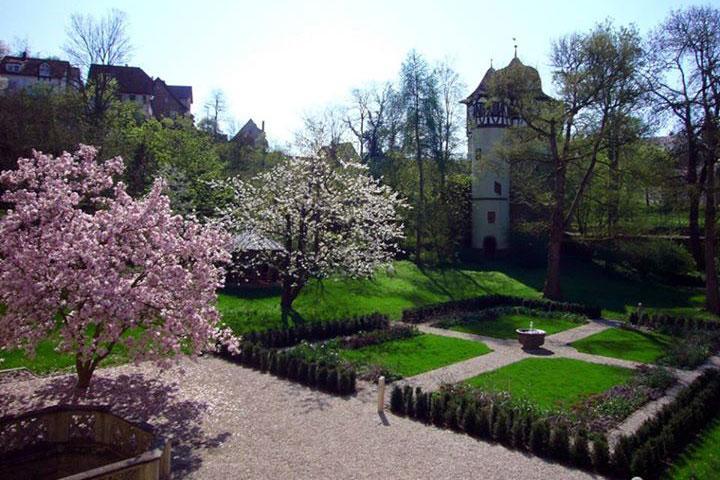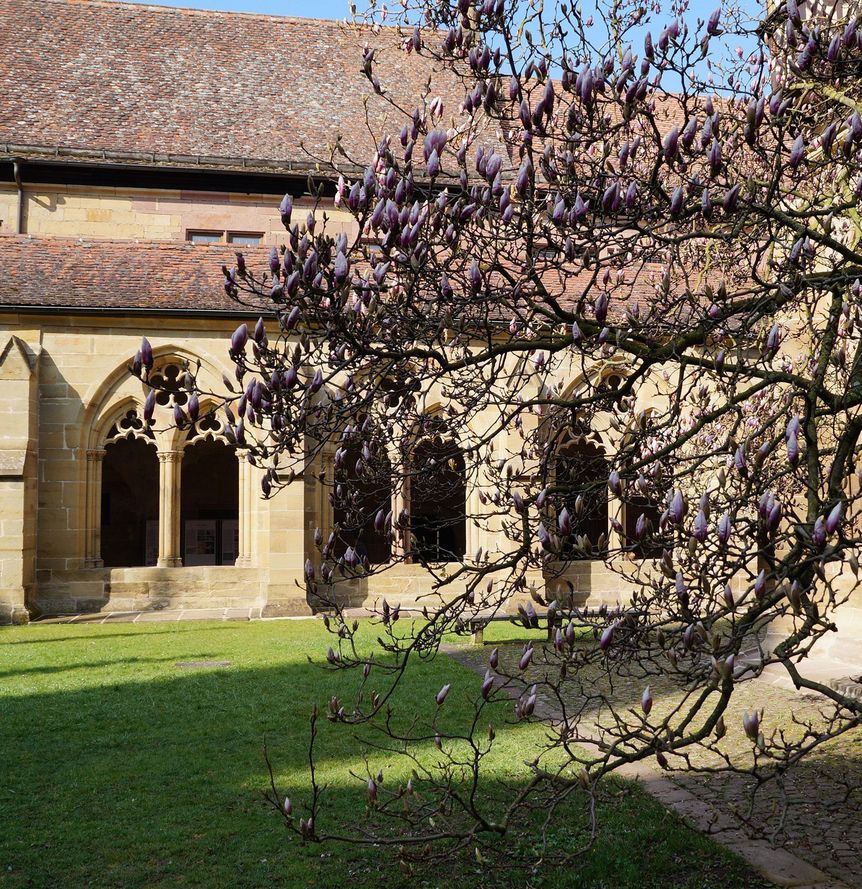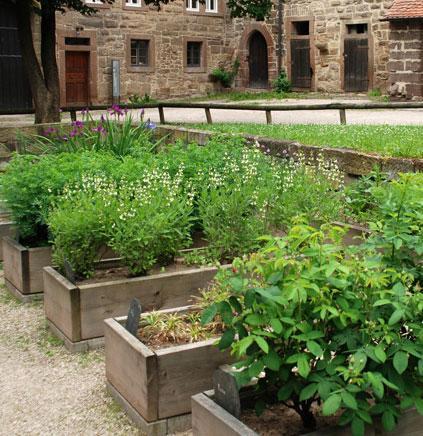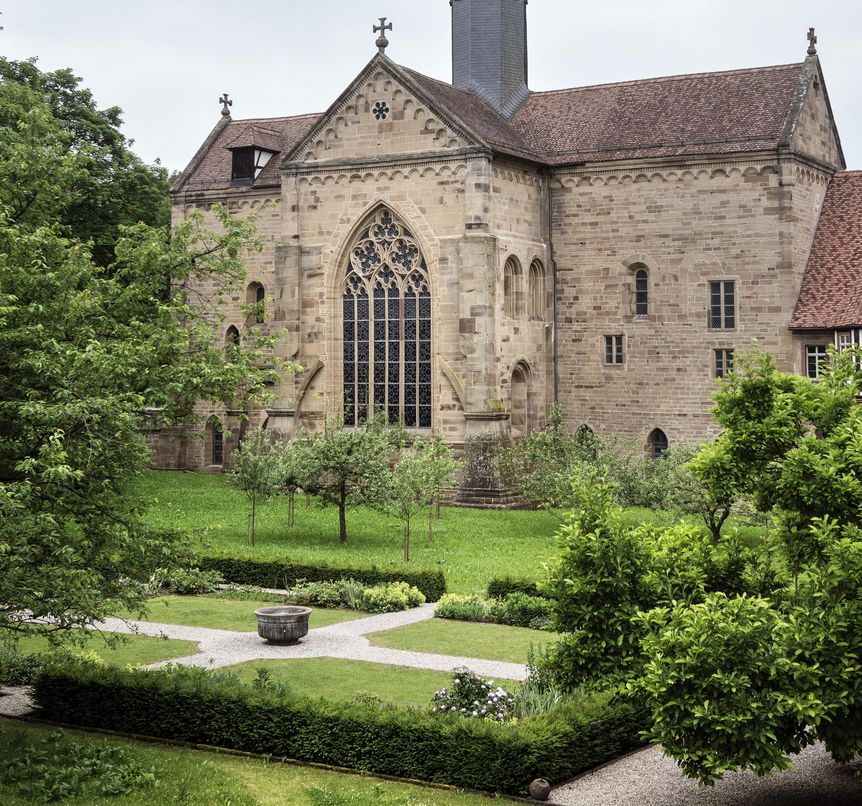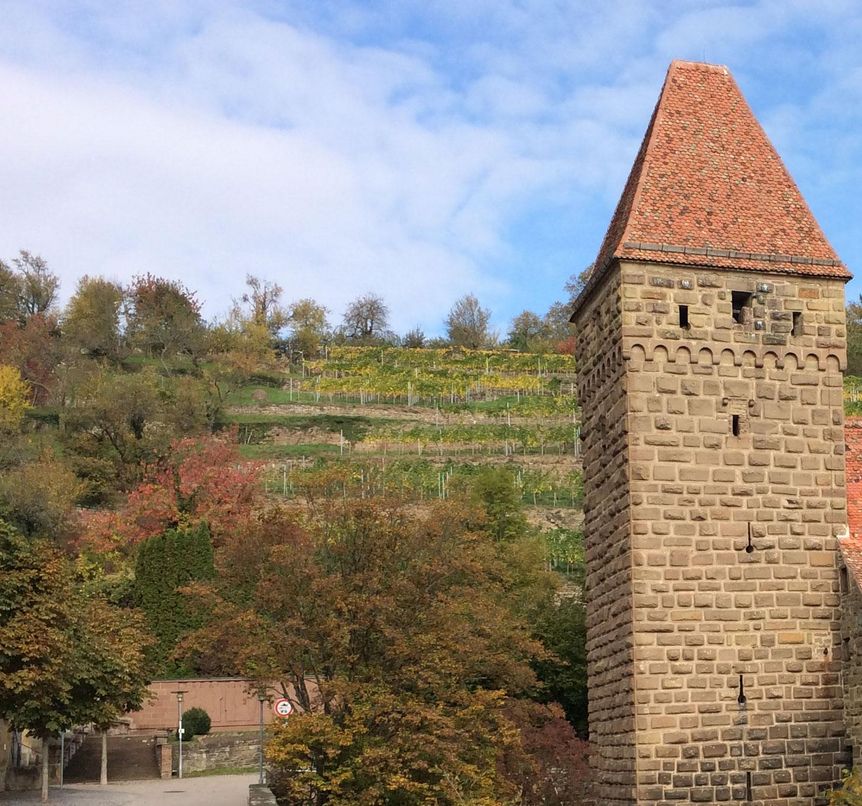USEFUL OR JUST PRETTYThe gardens
In addition to the cloister garden, at the center of the monastery, there were other gardens in Maulbronn for various uses. In order to remain self-sufficient, the monks planted fruits and vegetables and herbs. One special feature of the monastery is the Ephorat garden: a flower garden for the headmaster of the monastic school.



